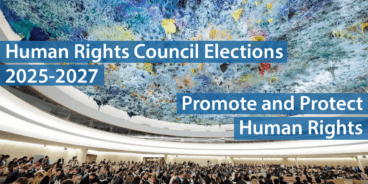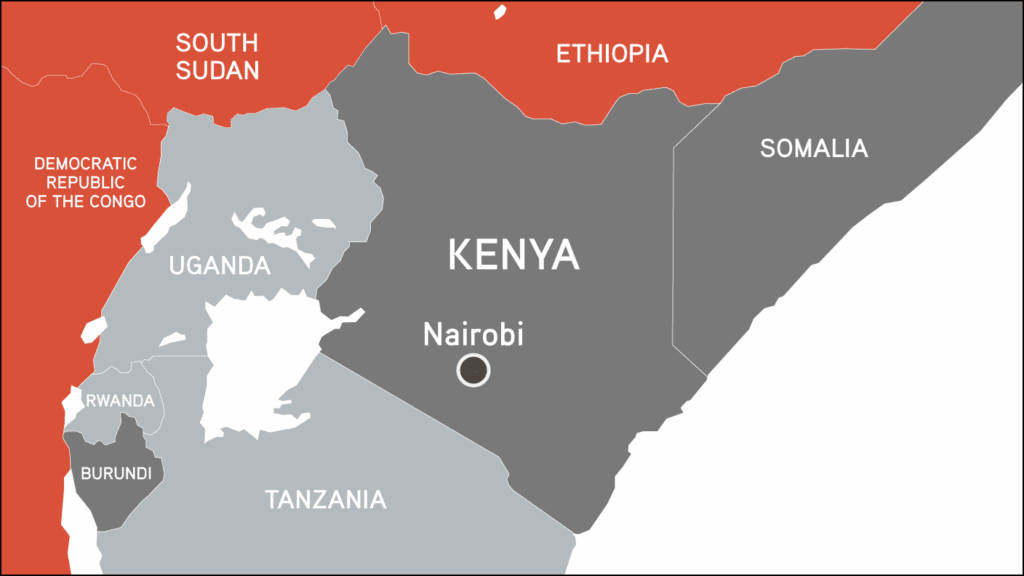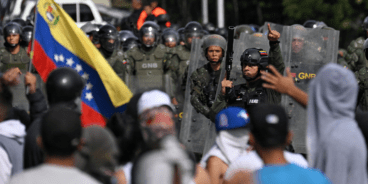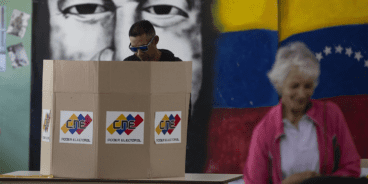
Kenya

Violence following Kenya’s December 2007 presidential elections resulted in various actors perpetrating crimes against humanity based upon perceived ethnic and political differences. The international response to the crisis is often deemed the first case of “R2P in action.”
During December 2007, within hours of the announcement of incumbent President Mwai Kibaki as the victor over Raila Odinga in the presidential election, protests over the perceived rigging of results quickly turned violent. In less than two months 1,133 Kenyans were killed, 900 experienced rape and sexual violence, and over 600,000 were driven from their homes while more than 110,000 private properties were destroyed in fighting that occurred mainly between ethnic Kikuyus, Luos and Kalenjins in the Rift Valley, Mombasa and urban informal settlements. The perpetrators included individuals, militias and police with victims often targeted on the basis of an assumed connection between their ethnicity and support for a particular presidential candidate.
In the months leading up to the election, hate speech, including by leading political figures, was rampant as was the sending of SMS text messages inciting ethnic conflict. The government failed to address these warning signs or confront their underlying causes. Furthermore, once violence broke out, the state’s ability to take protective action was impeded by debilitating institutional weaknesses.
The crimes perpetrated during the deadly violence following the 2007 election rose to the level of crimes against humanity according to the International Criminal Court (ICC). International actors responded swiftly to the violence in Kenya, including a 41 day-African Union (AU)-led mediation process that was supported by the UN, Kenya’s neighbors, key donors and civil society, which is widely cited as the first successful example of R2P in practice.
The AU mediation process, led by former UN Secretary-General Kofi Annan, revealed that the very institutions charged with managing the 2007 elections, adjudicating disputes and providing security, contributed to a potentially violent environment. Weak governmental institutions that were susceptible to interference, coupled with a culture of impunity for past electoral violence and incitement, created conditions under which widespread mass atrocities could occur.
In the years following the 2007 elections, the Kenyan government, with the assistance of international donors, took steps to address institutional deficits and uphold its responsibility to protect, though this goal was never publicly stated. Many of the measures undertaken by the government were a direct outcome of Annan’s mediation and were mandated by the 2010 Constitution. Long-term preventive efforts were focused on reforming institutions within the security sector, judiciary and electoral commission, as well as tackling accountability and the prevalence of hate speech.
The ICC charged three individuals for alleged crimes perpetrated during the crisis, including current President Uhuru Kenyatta. The charges against Kenyatta have since been withdrawn, while those against William Ruto, and Joseph Arap Sang have been vacated.
Despite these reforms, sporadic ethnic and political violence has occurred since the 2007 elections. During 2012 over 400 people were killed and over 112,000 displaced in inter-communal violence in the Tana River district and elsewhere. In 2017 re-run presidential elections between Raila Odinga and President Kenyatta resulted in widespread protests and violence, including clashes between police and opposition supporters at polling places. Politicians were once again accused of engaging in dangerous and inflammatory rhetoric to incite violence.
Related Content


